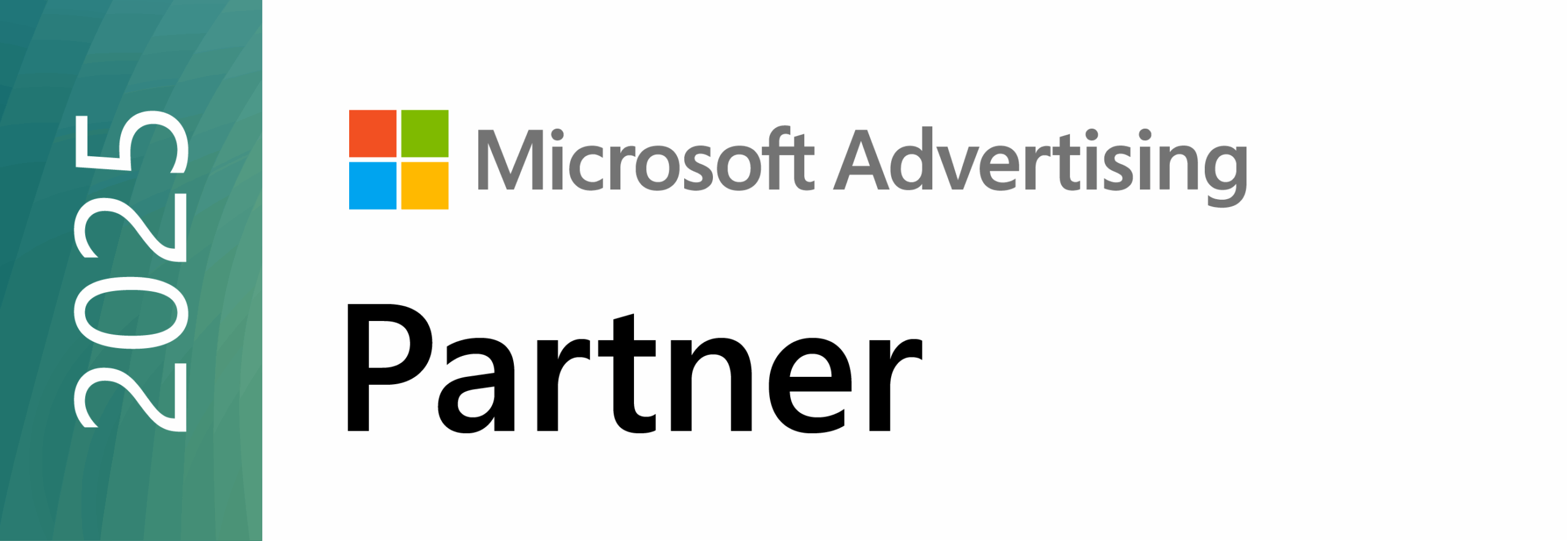
Faster websites are happy websites
If your webpages are slow and sluggish to load it will have a huge impact on the sites accessibility and index-ability, and a huge drag on search engine optimization efforts. Here are 8 ways to ensure that your webpage load fast and keep your site visitors and search engine spiders happy.
But first, check your page load speed in the Google PageSpeed Insights tool. This tool reports the Core Web Vitals related to speed, responsiveness and visual stability of a website and provides recommendations for improvement. Here are some best practices to minimize page load speed.
Page Speed
Here are 8 tips to increase your websites page load speed for SEO by Bloom Digital Marketing consultants:
Enable compression.
Use Gzip, a software application for file compression, to reduce the size of your CSS, HTML, and JavaScript files that are larger than 150 bytes. Do not use gzip on image files. Instead, compress these in a program like Photoshop where you can retain control over the quality of the image. See “Optimize images” below. A webpage should be no larger than 5 mb.
Minify CSS, Javascript, HTML.
By optimizing your code (including removing spaces, commas, and other unnecessary characters), you can dramatically increase your page speed. Also remove code comments, formatting, and unused code. Google recommends using CSSNano and UglifyJS.
Reduce redirects.
Each time a page redirects to another page, your visitor faces additional time waiting for the HTTP request-response cycle to complete. For example, if your mobile redirect pattern looks like this: “example.com -> www.example.com -> m.example.com -> m.example.com/home,” each of those two additional redirects makes your page load slower.
Remove render blocking JavaScript.
Browsers have to build a DOM tree by parsing HTML before they can render a page. If a browser encounters a script during this process, it has to stop and execute it before it can continue. Google suggests avoiding and minimizing the use of blocking JavaScript.
Leverage browser caching.
Browsers cache a lot of information (stylesheets, images, JavaScript files, and more) so that when a visitor comes back to a site, the browser doesn’t have to reload the entire page. Use a tool like YSlow to see if you already have an expiration date set for your cache. Then set your “expires” header for how long you want that information to be cached. In many cases, unless your site design changes frequently, a year is a reasonable time period.
Improve server response time.
The server response time is affected by the amount of traffic you receive, the resources each page uses, the software a server uses, and the hosting solution you use. To improve server response time, look for performance bottlenecks like slow database queries, slow routing, or a lack of adequate memory and fix them. The optimal server response time is under 200ms.
Use a content distribution network.
Content distribution networks (CDNs), also called content delivery networks, are networks of servers that are used to distribute the load of delivering content. Essentially, copies of a site are stored at multiple, geographically diverse data centers so that users have faster and more reliable access to your site.
Optimize images.
Ensure that images are no larger than they need to be, in the right file format and compressed for the web. PNGs are generally better for graphics with fewer than 16 colors while JPEGs are generally better for photographs. Use CSS sprites to create a template for images that are used frequently on a site like buttons and icons. CSS sprites combine images into one large image that loads all at once (which means fewer HTTP requests) and then display only the sections that you want to show. This means that you are saving load time by not making users wait for multiple images to load.
Lazy Load third-party resources.
Deferring loading of non-critical or non-visible content, also commonly known as “lazy loading”, is a common performance and UX best practice. From an SEO standpoint, Google likes webpages to load fast so they can be crawled and indexed instantly. If the entire page doesn’t load, important content will be ignored or misinterpreted. This is why it’s important to lazy load any third party embeds (i.e. apps, scripts) so that more important page assets load first and faster. That said, if lazy load is not set up properly, this technique can inadvertently hide content from search engines. A couple high level tips include loading content when it’s visible in the viewport, and support paginated loading for infinite scroll.
For a complete step by step guide to improving site performance, please refer to the Google Developers Fast Load Times Guide. Contact Bloom Digital Marketing for these and other SEO tips.




